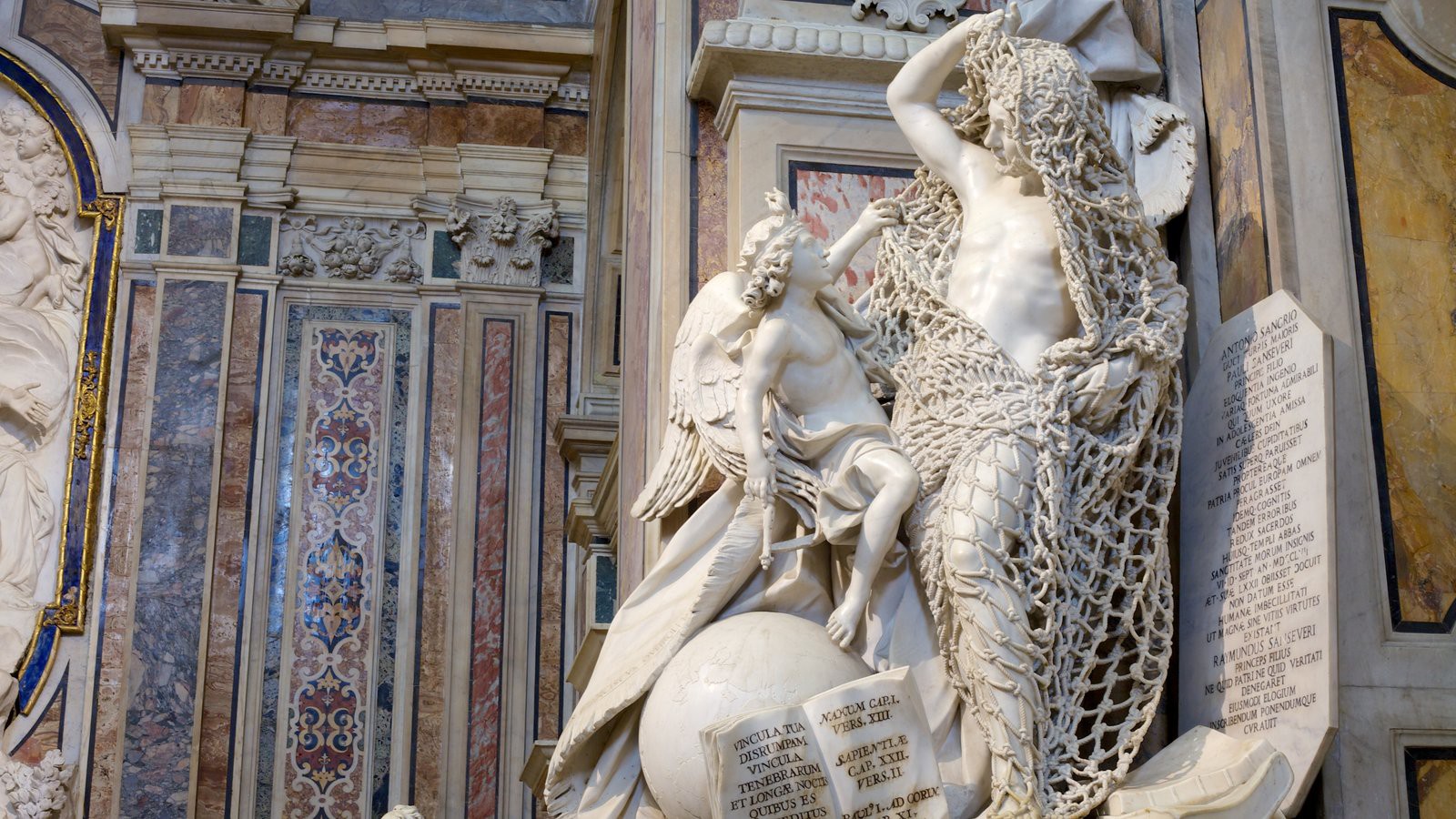Marble, with its timeless elegance and ethereal beauty, has been a medium of artistic expression for millennia. From the majestic sculptures of ancient Greece to the intricate masterpieces of the Renaissance, marble statue have captivated the human imagination with their lifelike forms and emotional depth. But behind these breathtaking works of art lies a world of skill, technique, and craftsmanship that few truly understand.
The Journey Begins: Selecting The Perfect Block
Every masterpiece begins with a single block of marble. But not all marble is created equal. Sculptors carefully select their raw material based on factors such as color, veining, and purity. The veining, in particular, adds character to the finished piece, creating patterns that enhance the sculpture’s aesthetic appeal.
Once the perfect block is chosen, the sculptor begins the process of roughing out the initial shape. This often involves using hand tools such as chisels and hammers to remove excess material and reveal the basic form of the sculpture within.
Finding Form: The Art Of Carving
Carving marble is a delicate dance between strength and precision. Sculptors must possess an intimate knowledge of the stone’s properties, understanding how it will react to each chisel stroke. Unlike softer materials such as clay or wood, marble demands a steady hand and a patient heart.
One of the most challenging aspects of carving marble is achieving lifelike proportions and details. Unlike paintings or drawings, sculptures must exist in three-dimensional space, requiring the sculptor to visualize the finished piece from all angles. This requires a deep understanding of anatomy, as well as a keen eye for symmetry and balance.
The Role Of Tools: From Chisels To Modern Technology
Traditionally, marble sculptors relied on a handful of basic tools to bring their visions to life. Chisels of various shapes and sizes were used to rough out the form and add detail, while rasps and files were employed to smooth surfaces and refine contours.
In recent years, however, technology has revolutionized the art of marble sculpting. Power tools such as pneumatic hammers and diamond-tipped saws allow sculptors to work more quickly and efficiently, while computer-aided design (CAD) software enables them to visualize complex forms in advance. Despite these advancements, many traditionalists still prefer the tactile sensation of hand tools, believing that they offer a deeper connection to the stone.
The Finishing Touches: Polishing And Patina
Once the basic form of the sculpture is complete, the sculptor turns their attention to the finishing touches. This often involves polishing the surface of the marble to a smooth, glossy sheen, revealing the stone’s natural beauty.
Some sculptors choose to enhance the marble’s appearance further by applying a patina—a thin layer of wax or pigment that adds depth and richness to the surface. This can help to accentuate details and create a sense of age and authenticity.
Challenges And Rewards: The Life Of A Marble Sculptor
Sculpting marble is not for the faint of heart. It requires years of practice, dedication, and perseverance to master the techniques involved. From the physical demands of working with heavy stone to the mental challenge of bringing a vision to life, every step of the process presents its own unique set of challenges.
But for those who are willing to put in the work, the rewards are boundless. There is something inherently satisfying about shaping raw stone into something beautiful and enduring, something that will outlive us all. And for marble sculptors, that is the ultimate goal—to create something that transcends time and speaks to the human soul.
Conclusion: The Artistic Alchemy Of Marble Sculpture
In the hands of a skilled sculptor, marble is more than just a medium—it is a canvas, a language, a window into the human experience. Through centuries of practice and innovation, marble sculptors have unlocked the secrets of this ancient stone, revealing its hidden depths and endless possibilities.
In the end, the art of marble sculpture is not just about technique or craftsmanship—it is about transformation. It is about taking something raw and formless and shaping it into something exquisite and enduring. And in that alchemy of stone and skill, there lies the true magic of marble sculpture.
Stay in touch to get more updates & news on Gossips!




